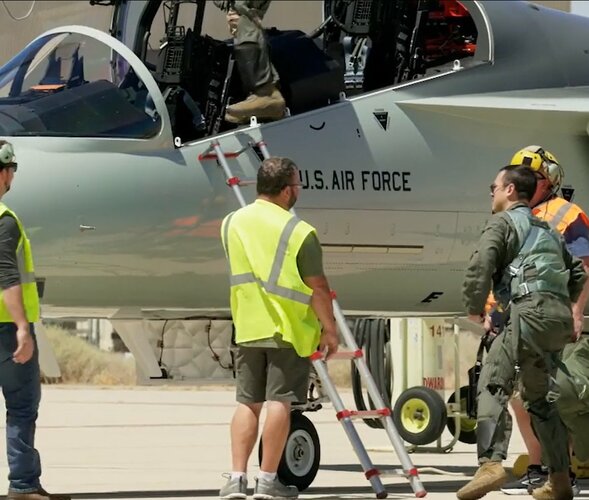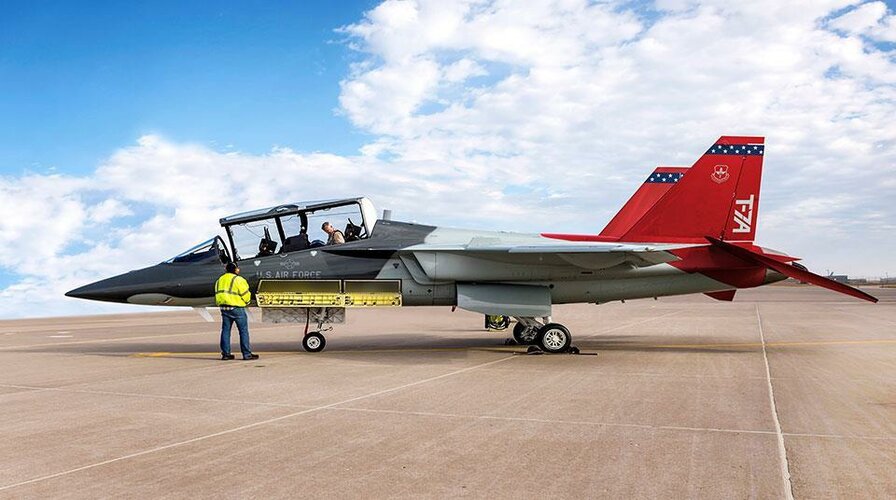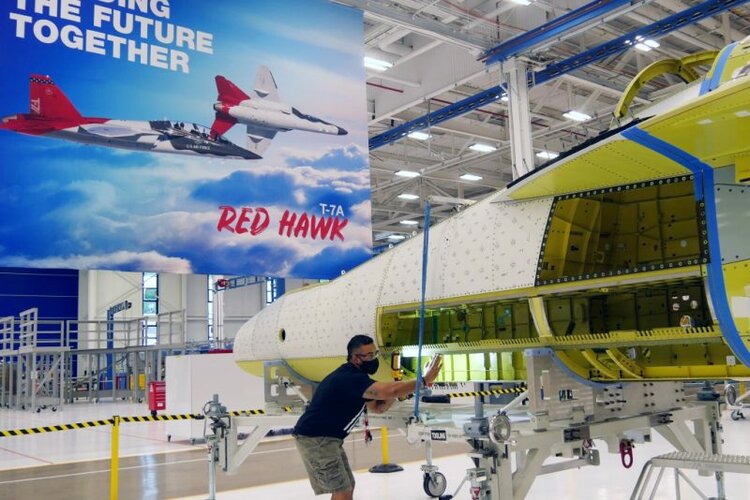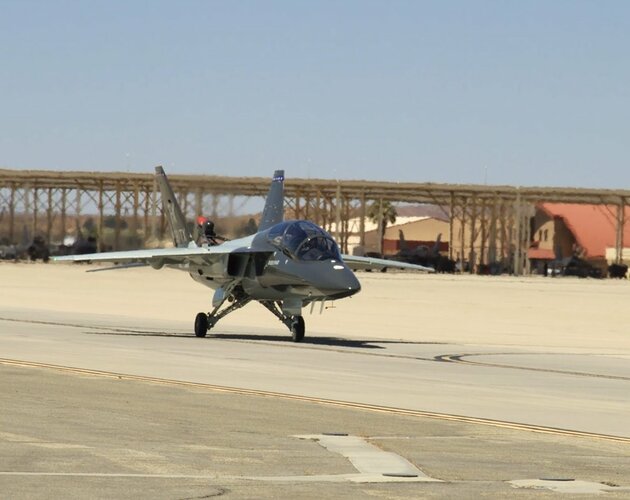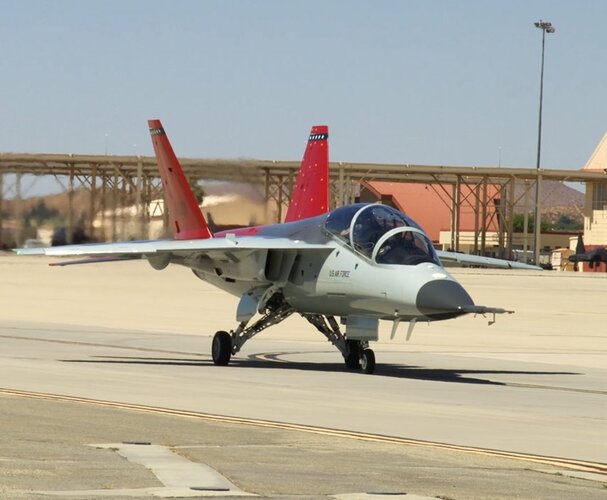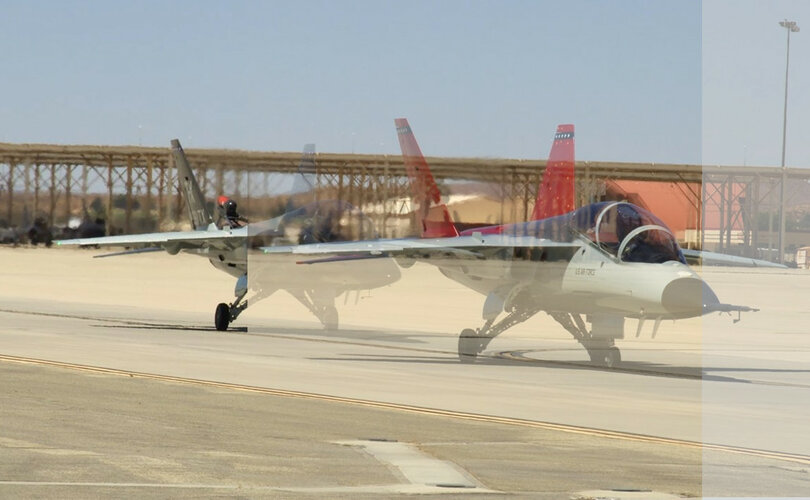It has been revealed that the governments of Japan and the United States are coordinating by jointly developing a successor to the Japan Air Self-Defense Force fighter pilot training aircraft 'T4'. Prime Minister Fumio Kishida is visiting the United States as a state guest, and aims to reach an agreement at the summit with President Biden scheduled for April 10 in Washington and specify it in the document. This is the first joint development of a training aircraft between the US and Japan. In addition to reducing production costs, the purpose is to strengthen linkages by using common aircraft from the training stage between the JASDF and the US Air Force. Several U.S.-Japan officials confirmed this announcement on the 23rd.
Joint development is expected to improve 'interoperability', where the Self-Defense Forces and the U.S. military carry out operations in conjunction. With the evolution of artificial intelligence (AI) and communication technology, the aspects of air combat are becoming more complex, and the skills required from pilots are becoming more sophisticated. Confucius is currently operating F35s and F15s procured from the United States, but plans to make them common from the pilot training stage, which will lead to coping with the problem. Japan and the United States are seeking to strengthen cooperation in the field of aviation equipment, with their sights set on the development of unmanned aerial vehicles to support next-generation fighter jets, and an agreement on joint research on AI technology for unmanned aerial vehicles in December last year.
The purpose is also to increase mass production effectiveness and lower production costs. As fighter jets become more sophisticated, raising the specifications of trainer aircraft can easily lead to an increase in development and production costs. As for T4, a long period of time has elapsed since the start of deployment, and there have been concerns that parts manufacturers may not be able to maintain production lines. By being operated by Japan and the United States, production volume increases, leading to stabilization of prices and supply.






